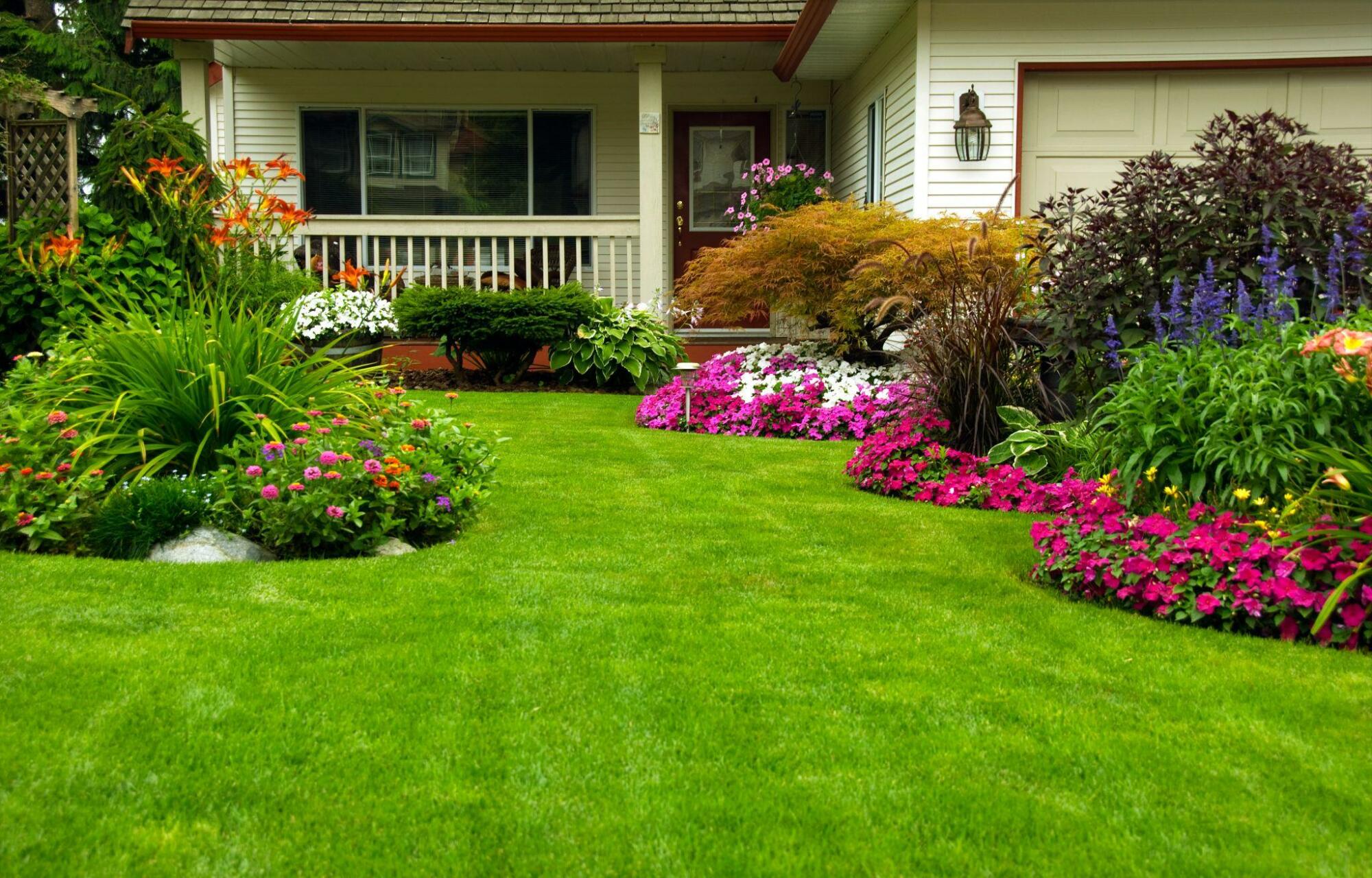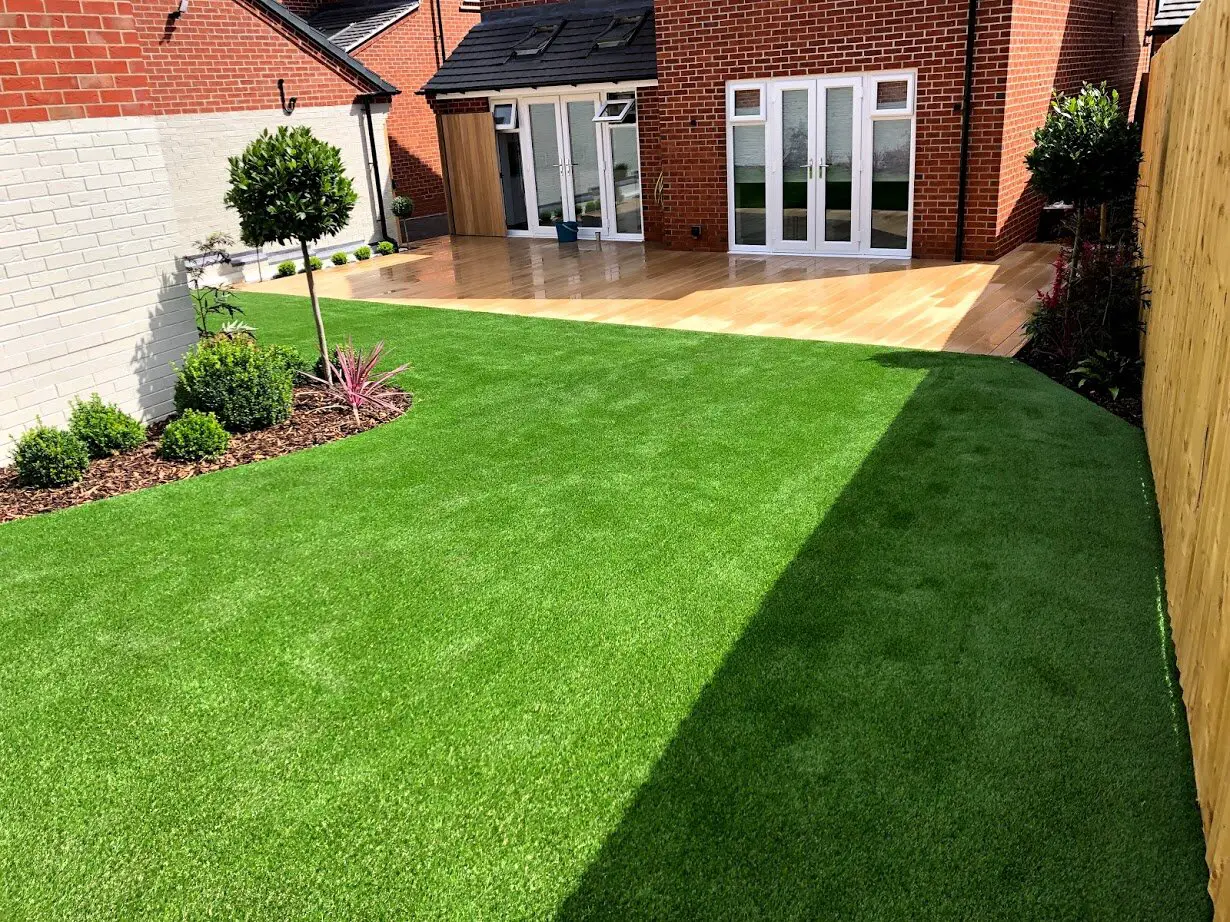Dreaming of a lush oasis but short on space? Dive into the world of vertical gardening! Whether you’re an urban dweller or countryside enthusiast, creating an outdoor vertical garden or window boxes is within your reach. Imagine transforming bare walls, balconies, or outdoor garden into vibrant living tapestries bursting with color and life. Embracing this green trend not only adds aesthetic appeal but also maximizes limited space, offering a breath of fresh air in any setting.
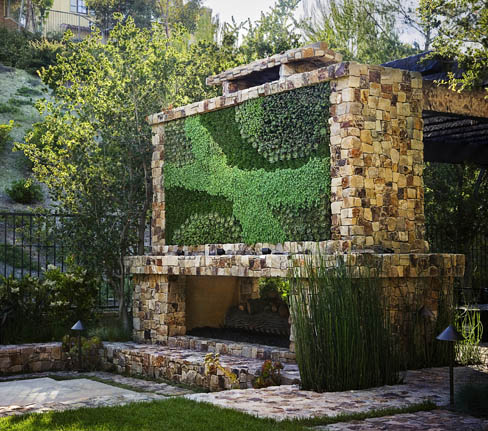
Vertical gardens are more than just eye candy; they act as natural air purifiers while providing sanctuary for beneficial insects. From herbs to ornamental plants, the possibilities are endless. Ready to elevate your gardening game? Let’s unlock the secrets of cultivating a captivating outdoor vertical garden project that will leave everyone green with envy.
Understanding Vertical Gardening Basics
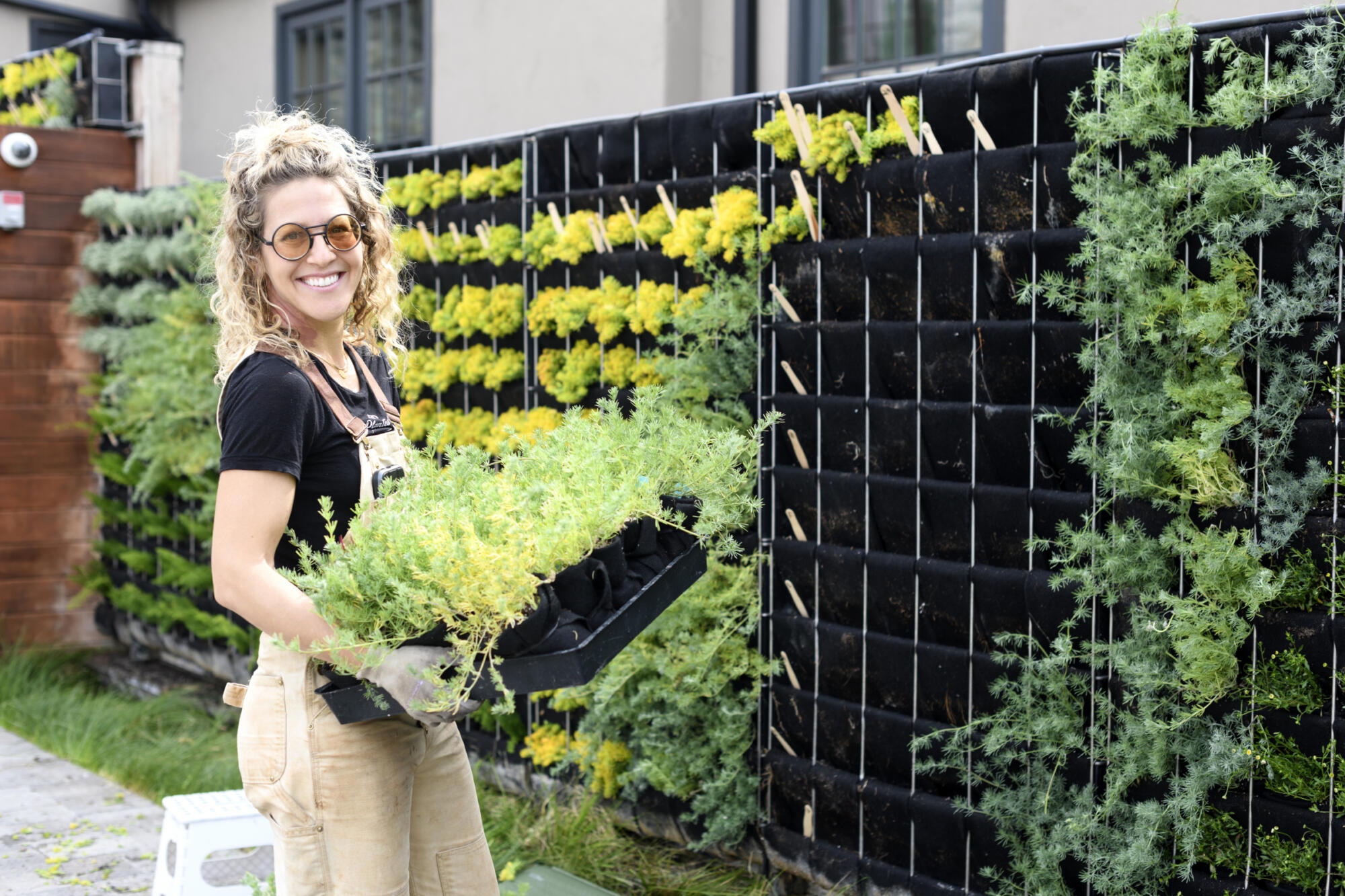
Benefits of Vertical Gardening for Small Spaces
Vertical gardening is an excellent solution for individuals with limited outdoor space. It maximizes the use of vertical real estate, allowing you to grow a variety of plants without taking up much ground space. This is particularly beneficial for those living in apartments or homes with small yards.
vertical gardens can serve as natural insulators, helping to regulate the temperature around your home and potentially reducing energy costs. They also provide an opportunity to grow fresh produce and herbs even if you don’t have a traditional garden.
Another advantage is that vertical gardens can act as sound barriers, absorbing noise pollution from nearby streets or neighbors. This not only creates a more peaceful environment but also contributes to overall well-being.
Different Types of Vertical Gardening Structures

There are several types of structures you can consider. One popular option is using trellises or lattices against walls or fences. These structures provide support for climbing plants such as vines, beans, and tomatoes while adding visual interest to your outdoor space.
Another common type of vertical gardening structure is the use of wall-mounted planters or modular systems specifically designed for vertical planting. These systems come in various materials like plastic, metal, or fabric and allow you to create stunning displays by arranging different plants at varying heights.
Furthermore, hanging baskets and pots are simple yet effective options for vertical gardening. By suspending these containers from overhead supports like pergolas or beams, you can add greenery without sacrificing precious floor space.
Advantages of Vertical Gardening for Urban Environments
In urban environments where green spaces are limited, vertical gardening offers numerous advantages. It allows city dwellers to bring nature into their surroundings without needing large plots of land typically associated with traditional gardens.
Moreover, vertical gardens contribute positively to air quality by absorbing carbon dioxide and releasing oxygen into the atmosphere. In densely populated areas with high pollution levels, this can make a significant impact on local air quality and help mitigate some environmental challenges faced by urban residents.
In addition, the aesthetic appeal of reading cannot be overlooked; lush green walls provide a refreshing contrast against concrete buildings while promoting biodiversity in cities.
Ultimately, vertical gardens enable people living in urban settings to cultivate their own food sustainably even when dealing with minimal square footage.
Essential Components for a Successful Vertical Garden
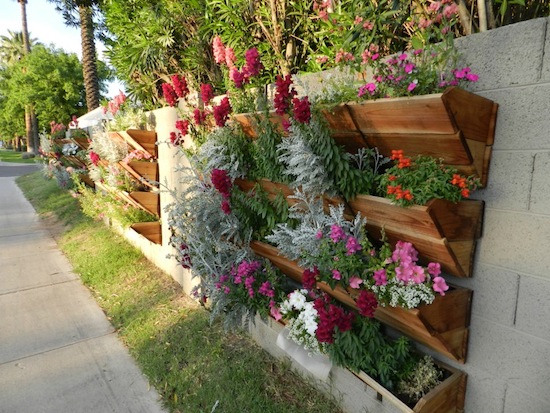
Key Components for Thriving Vertical Gardens
A successful vertical garden requires several key components to thrive. First, the right container is essential. It should be large enough to accommodate plant roots and provide adequate support. The choice of container material is also crucial for proper air circulation and drainage.
The type of soil used in a vertical garden plays a significant role in its success. The soil must be lightweight, well-draining, and nutrient-rich to support healthy plant growth. Incorporating organic matter into the soil can improve its moisture retention and nutrient content.
Proper consideration of plant selection is vital when creating an outdoor vertical garden. Choose plants with shallow roots, such as herbs, succulents, or ferns, that are suitable for vertical growth. These plants not only adapt well to confined spaces but also add visual interest to the garden.
Importance of Irrigation and Drainage Systems
In addition to selecting the right container and soil mix, establishing an effective irrigation system is crucial for sustaining a thriving vertical garden. Adequate watering ensures that plants receive sufficient moisture without becoming waterlogged or dry.
Installing an automated drip irrigation system can help maintain consistent moisture levels throughout the entire vertical garden structure. This system delivers water directly to the base of each plant without wastage or runoff while minimizing evaporation loss.
Furthermore, ensuring proper drainage at the bottom of each planting pocket prevents water from accumulating around plant roots which could lead to root rot or other adverse effects on plant health.
Essential Support Structures
When setting up a vertical garden outdoors, providing sturdy support structures is fundamental for long-term success. Whether using trellises, wire mesh panels, or specialized modular systems designed for vertical gardening purposes—these structures play a pivotal role in supporting plant weight while allowing ample airflow around foliage.
Using durable materials like weather-resistant metal or treated wood helps ensure longevity despite exposure to outdoor elements such as rain and wind.
Choosing the Right Plants for Your Vertical Garden

Low-Maintenance Plants
Choosing low-maintenance plants is essential. Look for succulents and other hardy plants that require minimal care. These plants are perfect for vertical gardens as they can thrive without constant attention.
Low-maintenance options such as snake plants, spider plants, and pothos are excellent choices. They not only add greenery to your vertical garden but also require little watering and maintenance. These types of plants are ideal for individuals who have a lot on their plate but still want to enjoy the beauty of a lush garden.
Consider succulents like echeveria, sedum, or aeonium which store water in their leaves, making them resilient during dry spells. Their ability to thrive with infrequent watering makes them top choices for a low-maintenance vertical garden.
Light and Space Requirements
Understanding how to select plants based on light and space requirements is crucial when creating a thriving outdoor vertical garden. Assess the amount of sunlight your chosen location receives throughout the day. This will help you determine whether you need plants that thrive in full sun, partial shade, or full shade.
For areas with limited space or where sunlight may be scarce, consider hanging planters filled with ferns or peace lilies that flourish in low-light conditions. On the other hand, if your vertical garden will receive ample sunlight, opt for vibrant flowering vines like petunias or morning glories that will add color and visual interest.
It’s important to ensure that each selected plant has enough room to grow vertically without overcrowding its neighbors. Choose options such as cascading ivy or compact herbs like thyme and oregano that won’t overwhelm the available space while still providing lush foliage.
Enhancing Visual Appeal
Discovering the best plants for enhancing visual appeal in your vertical garden involves selecting different types of flora that complement each other aesthetically. For instance, mix various textures by combining feathery ferns with bold-leaved hostas or ornamental grasses alongside delicate flowers.
Incorporate trailing varieties such as creeping jenny or trailing petunias to create an attractive downward flow within your vertical display. This adds depth and dimension while maximizing visual impact within a confined area.
To further enhance visual appeal, choose flowers in varying colors to create an eye-catching palette within your outdoor living space. Consider planting pansies in shades of purple and yellow alongside red geraniums for a pop of contrasting hues against lush green foliage.
DIY Vertical Garden Ideas and Projects
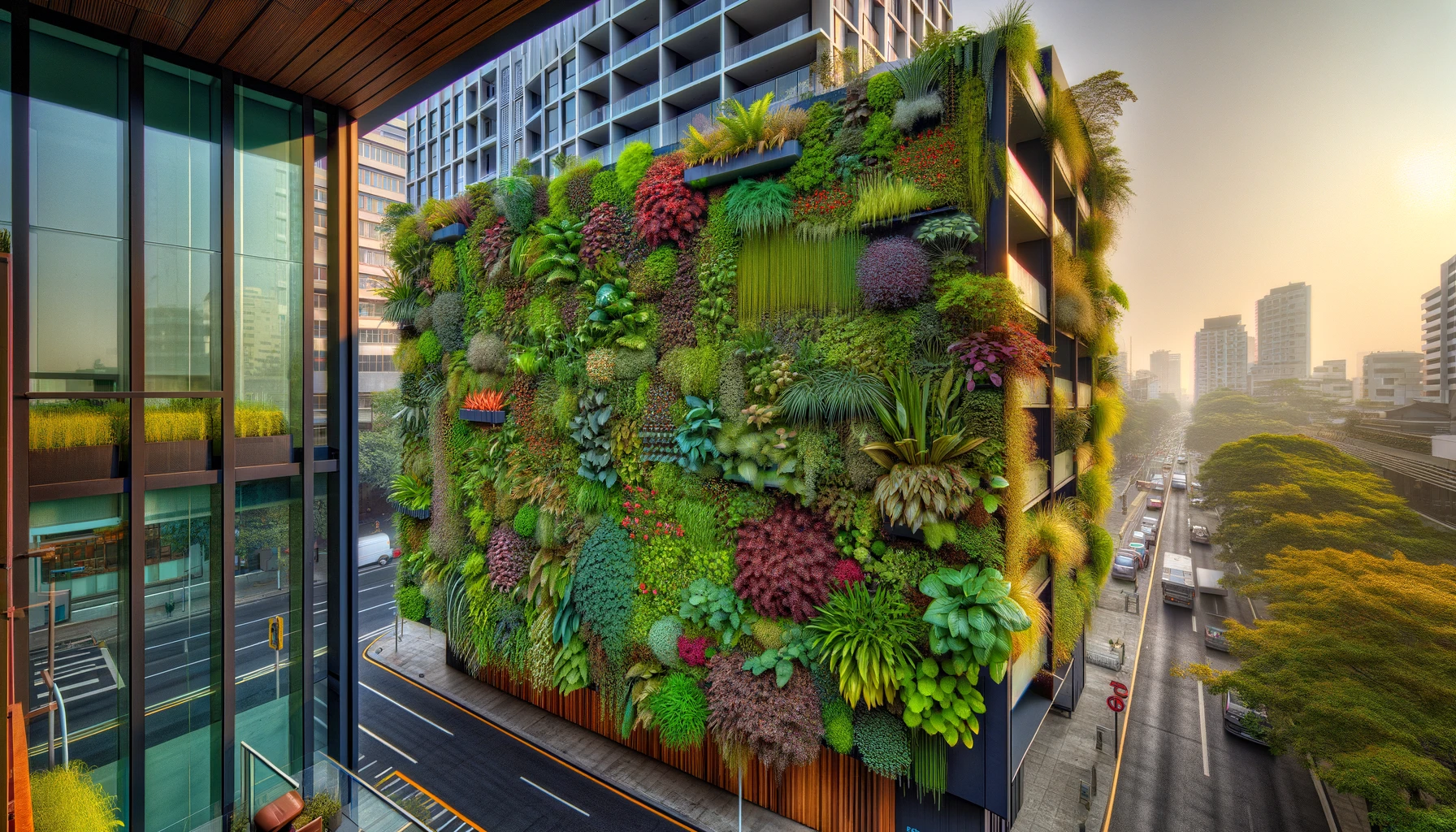
Creative Inspiration
Looking for creative inspiration for your outdoor vertical gardening project? There are numerous innovative and budget-friendly ideas to explore. From using old wooden pallets to repurposing PVC pipes, the possibilities are endless. You can create a stunning vertical garden by hanging mason jars or even utilizing shoe organizers. These projects not only add beauty to your outdoor space but also provide an opportunity to showcase your creativity.
Consider visiting local botanical gardens or searching online for DIY vertical garden tutorials. Many gardening enthusiasts share their unique creations on social media platforms like Pinterest and Instagram, offering a wealth of ideas that you can adapt to suit your own space.
Repurposing Materials
One of the most exciting aspects of DIY vertical gardening is the opportunity to repurpose materials in creative ways. By reusing items such as old wooden crates, gutters, or even unused furniture, you can give new life to objects that might otherwise end up in a landfill. For example, turning an old ladder into a cascading plant display adds character and charm to any outdoor area while minimizing waste.
Utilizing everyday items like plastic bottles or tin cans allows you to contribute positively towards environmental sustainability while creating something beautiful at the same time. This environmentally friendly approach not only benefits your garden but also reduces your carbon footprint.
Step-by-Step Guides
For those looking for easy-to-follow instructions on building their own vertical garden, there are plenty of step-by-step guides available both online and in gardening books. These tutorials cater specifically to beginners who may be unfamiliar with the process of constructing a vertical garden from scratch.
Many tutorials emphasize simplicity and affordability by using basic tools and materials readily available at hardware stores or salvage yards. They often include detailed diagrams illustrating each stage of construction along with clear explanations making it easy for anyone interested in starting their first vertical garden project.
Building a Drip Watering System for Plant Health
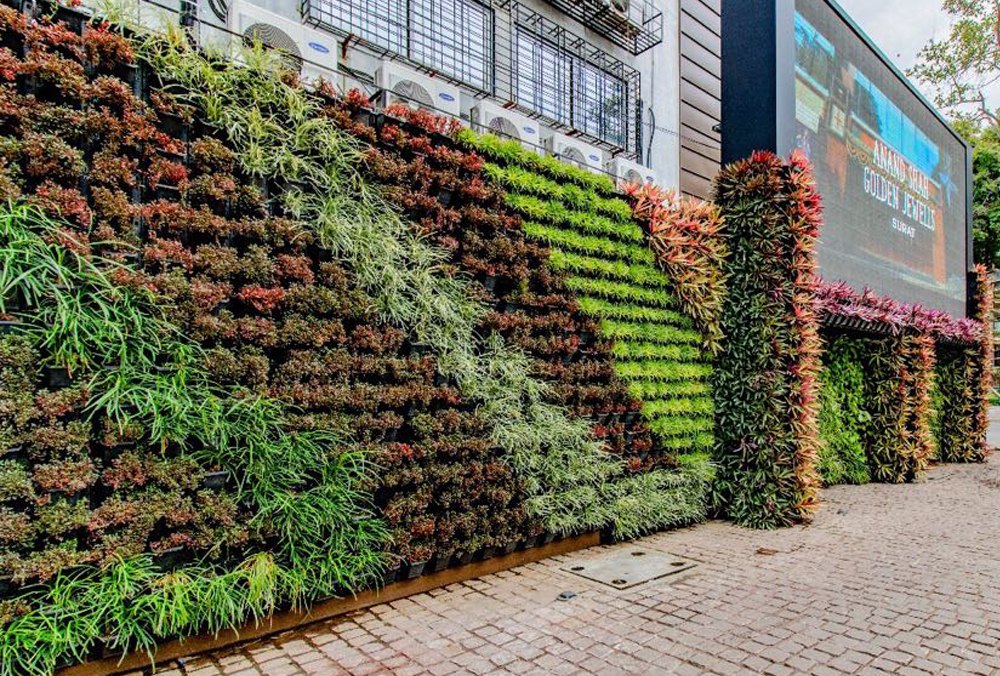
Benefits of Drip Watering Systems
Drip watering systems offer several benefits for vertical gardens. They provide consistent moisture to plants, ensuring they receive the water they need without wastage. This method also helps prevent soil erosion and minimizes weed growth, keeping your garden looking tidy. Drip irrigation can reduce the risk of plant diseases by delivering water directly to the roots while keeping foliage dry.
Vertical gardens are often exposed to varying environmental conditions, including direct sunlight and wind. A well-designed drip system can help combat these challenges by distributing water evenly across all levels of the garden. This ensures that every plant receives adequate hydration regardless of its position within the structure.
Another advantage is that drip watering systems are generally more efficient in terms of water usage compared to traditional methods like hand-watering or sprinklers. By delivering water directly to the root zone, less moisture is lost through evaporation or runoff, making it an environmentally friendly choice for maintaining your vertical garden.
Designing and Installing an Efficient Drip Irrigation System
To design and install an efficient drip irrigation system for your outdoor vertical garden, start by choosing a high-quality kit suitable for your space’s size and layout. Follow the instructions provided with the kit carefully, ensuring proper placement of emitters or tubing at each planting location.
Consider using a timer-based system that automates watering schedules based on specific plant requirements and local weather conditions. This not only saves time but also ensures consistent care for your plants even when you’re away from home.
When installing the system, pay attention to factors such as pressure regulation and filtration to prevent clogging issues that could affect its efficiency over time. Properly securing tubing along the structure will minimize damage from wind or accidental contact while allowing easy access for maintenance tasks such as cleaning or replacing components if needed.
Tips for Maintaining Optimal Moisture Levels
Maintaining optimal moisture levels is crucial for ensuring healthy growth in a vertical garden with a drip watering system.
-
Regularly monitor soil moisture using a simple hand test or specialized moisture meters designed specifically for potted plants.
-
Adjust watering frequency based on seasonal changes in temperature and humidity.
-
Consider adding mulch around plant bases to help retain moisture between watering sessions.
-
Periodically check emitters and tubing connections to ensure there are no leaks or blockages disrupting water flow throughout the entire system.
-
Prune any overgrown vegetation near emitters that may obstruct their function.
Care Tips for Maintaining a Thriving Vertical Garden

Essential Maintenance Practices
Maintaining a thriving outdoor vertical garden requires essential practices to ensure the health of your plants. Regular watering is crucial, especially in hot climates or during dry spells. Proper irrigation, such as the drip watering system discussed earlier, can help maintain optimal moisture levels for your plants. Ensuring that your plants receive adequate sunlight and nutrients is vital for their growth and overall health.
Vertical gardens are prone to drying out more quickly than traditional gardens due to their upright structure. Therefore, it’s important to monitor the moisture levels of the soil regularly and adjust your watering schedule accordingly. Overwatering can lead to root rot, while underwatering can cause wilting and stunted growth.
Paying attention to the specific needs of each plant in your vertical garden is also essential. Some may require more water or sunlight than others, so being mindful of these individual requirements will contribute significantly to maintaining a healthy garden.
Pruning and Pest Control Strategies
Pruning plays a crucial role in maintaining an outdoor vertical garden. Regularly trimming dead or overgrown foliage not only improves the aesthetic appeal but also promotes healthier growth by directing energy towards new shoots and leaves.
Using natural remedies like neem oil spray or insecticidal soap can effectively manage common pests without harming beneficial insects. Regularly inspecting your plants for signs of infestation such as yellowing leaves or visible pests is key in preventing any potential damage.
Incorporating companion planting techniques where certain plants are grown together not only enhances biodiversity but also acts as a natural pest deterrent. For example, planting marigolds alongside vegetables helps repel unwanted pests while attracting pollinators.
Importance of Regular Monitoring
Regular monitoring and care routines are paramount for sustaining a flourishing vertical garden ecosystem. This involves keeping an eye on plant health indicators like leaf coloration, texture, and overall vigor.
Implementing a consistent maintenance routine that includes checking for signs of nutrient deficiencies or diseases ensures early detection and prompt intervention if needed. Furthermore, staying proactive with preventive measures such as applying organic fertilizers at appropriate intervals contributes greatly to long-term plant health.
Creative Solutions for Small-Space Vertical Gardens
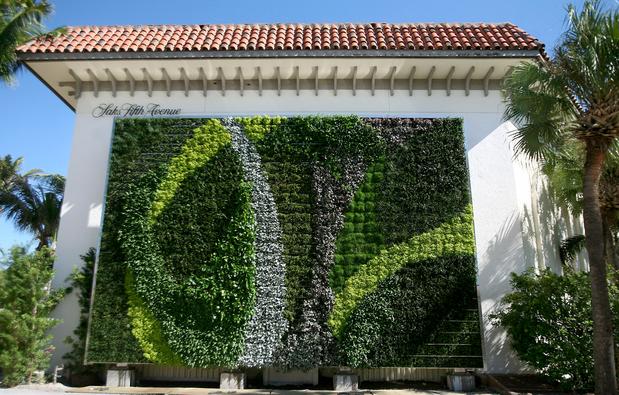
Innovative Space Maximization
Small outdoor areas can be challenging to work with, but vertical gardens offer an innovative solution. By utilizing vertical space, you can maximize the available area and create a lush green oasis even in compact spaces. One creative idea is to hang planter boxes on walls or fences, effectively turning them into living walls. This approach not only adds visual interest but also optimizes the use of limited space.
Another way to maximize space is by creating living walls using pocket planters or containers. These vertical gardens can transform bland outdoor walls into vibrant displays of greenery and flowers without encroaching on precious floor space. By exploring inventive ways to utilize vertical surfaces, such as installing window boxes or hanging plants from ceilings, you can significantly enhance your small outdoor living spaces.
In addition to traditional ground-level gardens, incorporating container gardens into your outdoor space allows for greater flexibility and creativity. You can strategically position various types of containers filled with beautiful plants throughout the area, adding layers of depth and texture while making the most of limited room.
Tailored Techniques for Small-Scale Vertical Gardens
It’s essential to tailor techniques specifically suited for these environments. Utilizing hanging planters that cascade down from above creates a stunning visual effect while saving valuable floor space. Integrating a mix of different-sized containers allows for diverse planting opportunities without overcrowding the limited area.
To make the most out of small outdoor spaces like balconies or patios, consider implementing a combination of styles tailored specifically for these areas’ unique constraints. For instance, combining cascading vines with compact flowering plants in hanging baskets creates a visually appealing arrangement that maximizes both beauty and function within confined spaces.
Moreover, creating an organized yet aesthetically pleasing display through careful positioning and selection of containers ensures that every inch is utilized efficiently while maintaining an attractive look overall. Embracing this approach helps avoid cluttering smaller areas with excessive foliage while still achieving a captivating garden display.
Incorporating Style Into Limited Spaces
One effective way to incorporate style into limited outdoor areas is by embracing the concept of “a beautiful mess.” This involves arranging various plant species in an intentionally haphazard yet visually appealing manner—creating an organic feel that adds charm and character to small-scale vertical gardens.
By carefully selecting complementary plants based on color schemes or growth habits—such as pairing trailing vines with upright foliage—you can achieve a harmonious yet dynamic composition within constrained spaces like balconies or patios. The key lies in balancing diversity with cohesion to create visually striking arrangements that elevate even the smallest pockets of nature.
Furthermore, incorporating decorative elements such as trellises or artistic frames enhances visual appeal while providing additional support for climbing plants—a practical solution that doubles as an aesthetic enhancement for small-scale vertical gardens.
Upcycling Materials for Eco-Friendly Vertical Gardens

Sustainable Options
When creating an outdoor vertical garden, consider using upcycled materials to minimize waste and reduce your environmental impact. Look around your home or local community for items that can be repurposed, such as old wooden pallets, discarded plastic bottles, or unused metal grids. These materials not only serve as a sustainable option but also add a unique touch to your garden.
Consider using discarded wooden crates as planters or transforming old mason jars into hanging containers for smaller plants. By upcycling these materials, you contribute to the reduction of waste while adding character and charm to your vertical garden. This approach aligns with eco-conscious practices and promotes sustainability in gardening projects.
Environmentally Friendly Alternatives
Instead of purchasing new gardening supplies, explore environmentally friendly alternatives that support the concept of upcycling. Rather than buying traditional planters from a shop, consider reusing household items like tin cans, milk jugs, or even shoe organizers as innovative options for planting various types of vines and flowers in your vertical garden.
Repurpose old ladders by converting them into trellises for climbing plants such as ivy or morning glories. Utilizing reclaimed wood or bamboo instead of purchasing new lattice provides both an eco-friendly alternative and a visually appealing backdrop for your vertical garden. These alternatives not only contribute to sustainability but also showcase creativity in incorporating unconventional materials into gardening projects.
Minimizing Waste
Incorporating upcycled materials not only reduces waste but also encourages resourcefulness in creating eco-conscious vertical gardens. When selecting tools for building the garden structure, opt for secondhand equipment from thrift stores rather than buying brand-new ones. Embracing this approach minimizes the demand for new products while giving pre-owned tools a second life.
Furthermore, consider salvaging natural elements such as fallen branches or driftwood to construct decorative features within the vertical garden space. By doing so, you minimize the need for newly manufactured decor items while adding rustic elegance to the overall design without contributing additional waste to landfills.
Maximizing Yields with Vertical Herb and Vegetable Gardens
Benefits of Vertical Gardening
Vertical gardening offers numerous benefits for growing herbs and vegetables. It maximizes space, making it ideal for small areas such as balconies or patios. By utilizing vertical space, you can grow a variety of herbs and vegetables without needing a large garden plot. Vertical gardens provide better air circulation which can help prevent diseases in plants.
Another advantage is the visual appeal that vertical gardens add to outdoor spaces. They create an eye-catching display that enhances the overall curb appeal of your home. Not only do they look beautiful, but they also contribute to reducing energy costs by providing shade during hot weather.
Vertical gardening also makes it easier to tend to your plants since they are at a more accessible height. This means less bending or kneeling down, making it an excellent option for individuals who may have physical limitations that make traditional gardening difficult.
Space-Efficient Techniques
There are several techniques for maximizing yields in small areas when creating an outdoor vertical garden. One effective method is using stackable planters or hanging baskets to utilize both horizontal and vertical space efficiently.
Incorporating trellises or lattice structures allows vining crops like tomatoes, cucumbers, and peas to grow vertically instead of sprawling across the ground. This technique not only saves space but also helps keep these plants healthier by improving air circulation around them.
Furthermore, consider using pocket planters made from felt or fabric that can be hung on walls or fences. These pocket planters allow you to grow various herbs and smaller vegetables while taking up minimal space.
Suitable Herbs and Vegetables
When considering what to plant in your outdoor vertical garden, opt for herbs such as basil, thyme, rosemary, mint, parsley, and cilantro as they thrive in smaller containers typically used in vertical gardening setups. For vegetables, leafy greens like lettuce and spinach are great options due to their compact growth habit. Other suitable choices include cherry tomatoes which can be trained upwards along trellises or peppers that work well in container gardens. It’s important to choose varieties that don’t require excessive root depth so they can flourish within the confines of a smaller planter.
Closing Thoughts
You’ve now got the tools to create your own stunning outdoor vertical garden. From understanding the basics and choosing the right plants to building a drip watering system and maximizing yields, you’re well-equipped for this green adventure. So, grab your gardening gloves and get ready to bring nature to new heights!
Now, it’s time to put your newfound knowledge into action. Start planning your vertical garden, gather the necessary materials, and let your creativity bloom. Remember, every great garden started with a single seed – yours is just waiting to be planted. Happy gardening!
Frequently Asked Questions
How can I start a vertical garden?
To start a vertical garden, you’ll need to understand the basics of vertical gardening. Choose the right plants and essential components, then consider DIY ideas and projects that suit your space. Building a drip watering system is crucial for plant health.
What are the essential components for a successful vertical garden?
The essential components for a successful vertical garden include sturdy support structures, high-quality soil or growing medium, adequate drainage systems, and reliable irrigation methods. These elements form the foundation for healthy plant growth in your vertical garden.
Which plants are suitable for a vertical garden?
Plants like ferns, succulents, herbs, strawberries, and certain vegetables thrive in vertical gardens due to their adaptability to limited space. Consider factors such as light requirements and root structure when selecting plants to ensure they flourish in your unique setup.
How do I maintain a thriving vertical garden?
Maintaining a thriving vertical garden involves regular watering using an efficient drip system and providing appropriate nutrients through fertilization. Pruning excess growth and monitoring for pests or diseases are also vital aspects of ensuring your plants remain healthy and vibrant.
Can I create an eco-friendly vertical garden using upcycled materials?
Absolutely! Upcycling materials such as pallets, old containers, or reclaimed wood not only reduces waste but also adds character to your eco-friendly vertical garden. It’s an innovative way to contribute positively to both the environment and your living space.



